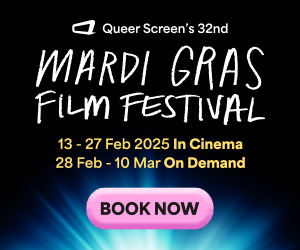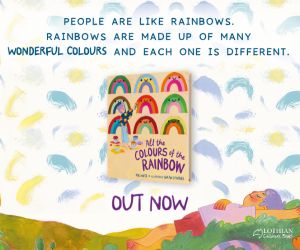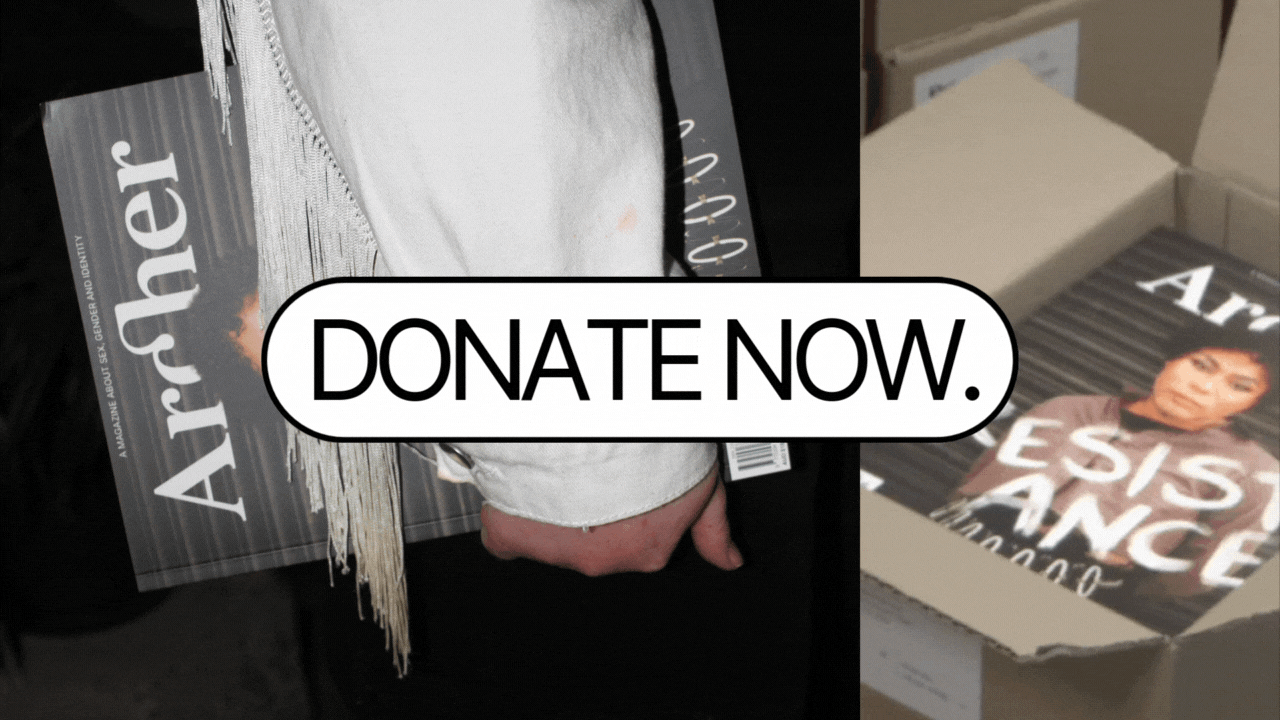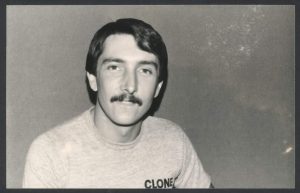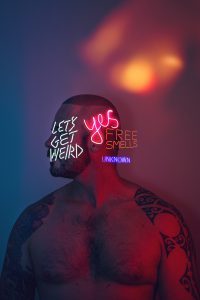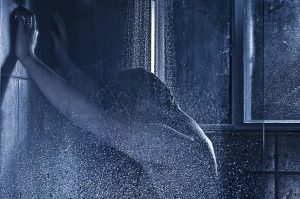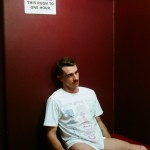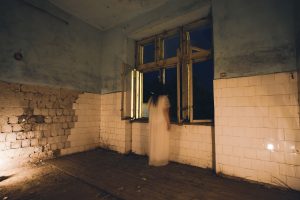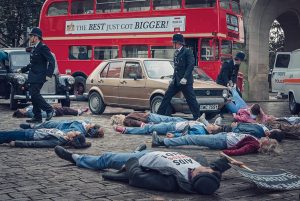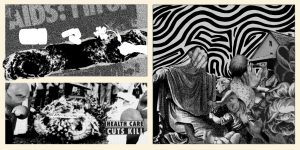HIV, ageing and visibility: Becoming gorgeous
By: Paul Kidd
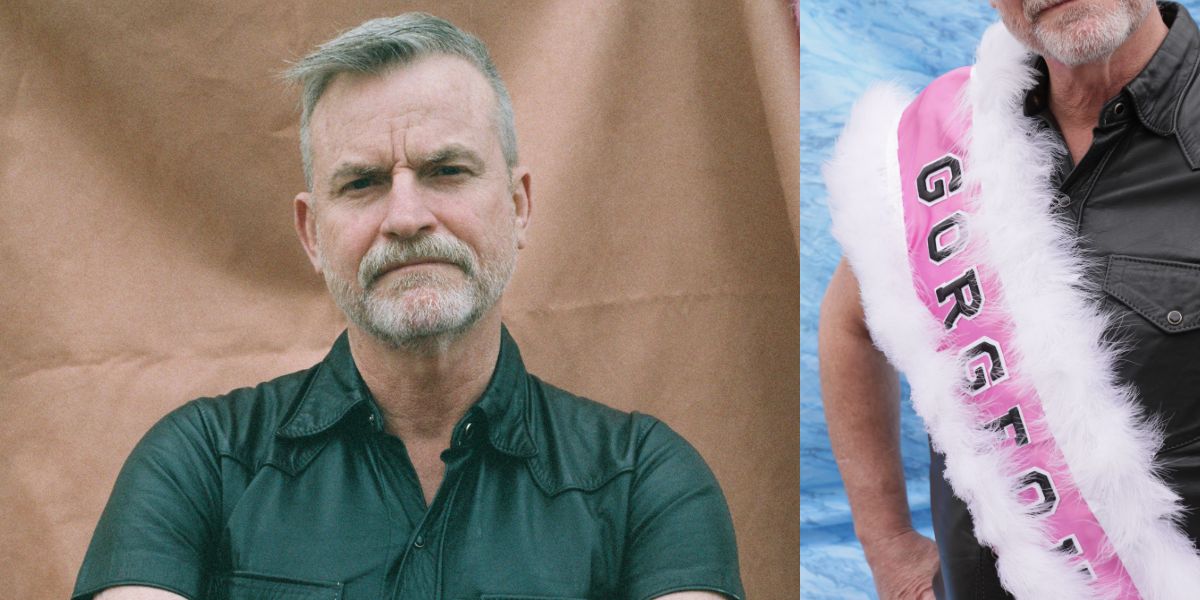
Content note: This article discusses HIV and AIDS in-depth, including related stigma, death and suicide.
I was 29 years old when I first learned how to make myself visible. I had been living with an HIV diagnosis for two years, and I was getting ready to die.
That dark news had arrived two years earlier, on a bright spring afternoon in 1991. It shouldn’t have come as a surprise: Austin, my first boyfriend, had died of AIDS three years earlier, but I had no symptoms, and it had been more than five years since our relationship ended. I had convinced myself I was going to be okay.
Austin and I never practiced safe sex, because safe sex wasn’t something we knew about until it was, we reasoned, too late to start. His parents were wealthy, conservative socialites and they despised him for being gay.
He died at their house, suddenly and dramatically, during a cocktail party. They must’ve been mortified. He was 26.
All images by: Jade Florence
This article originally appeared in Archer Magazine #14, the GROWING UP issue – buy a copy here.
I avoided taking the test for a long time. When it first became available in the mid 1980s, my doctor cautioned me against taking it: “There are no treatments, so if it comes back positive I won’t be able to offer you anything. And I can’t guarantee your safety if they start rounding people up.”
He suggested I practise safe sex and not worry too much about AIDS until I developed symptoms.
So by the time that spring of 1991 came around, I gathered enough courage to ask for the test. My doctor drew some blood, and we had a talk about what a positive test might mean, and what a negative test might mean.
He told me to make a follow-up appointment in a week, and not to worry too much in the meantime.
And then it happened. On a sunny Wednesday afternoon, at the age of 27, sitting in my doctor’s surgery, I learned that I was going to die from the same invisible virus that had killed my beautiful ex-boyfriend, one of the first few dozen to die in Australia.
“I’m afraid this was a positive test,” my doctor’s sad, kind face told me. An act of mercy on his part – the test is positive, not the patient. But then, the kicker: “This doesn’t come as a surprise, does it?”
As a matter of fact, it did. I knew I had done everything necessary to get infected – an 18-month, unsafe-sex relationship with a man who later died of AIDS – but that had ended years before and I had been following the rules ever since.
A part of me is forever the curious, scared, devout Catholic boy I had been as a child, and that part of me thought that five years of careful devotion to the safe-sex canon was the penance that would absolve me of my sins of recklessness and wanton sex.
Wrong.
Back in the surgery, my doctor drew blood for a confirmatory test, told me (wisely) not to put any hope in the slim prospect of a false positive, wrote me a prescription for the antiretroviral AZT and told me not to worry too much.
A couple of days later, I told my boyfriend at the time, Jason. He was 19 years old, an unemployed hairdresser’s assistant living rent-free in my apartment, and the first person I ever told I was HIV-positive.
Straight after I told him, he walked into our bedroom and started packing his bags. On the way out the door he told me I was sick, I was dirty, I was ugly and he hated me for having HIV.
I never spoke to him again.
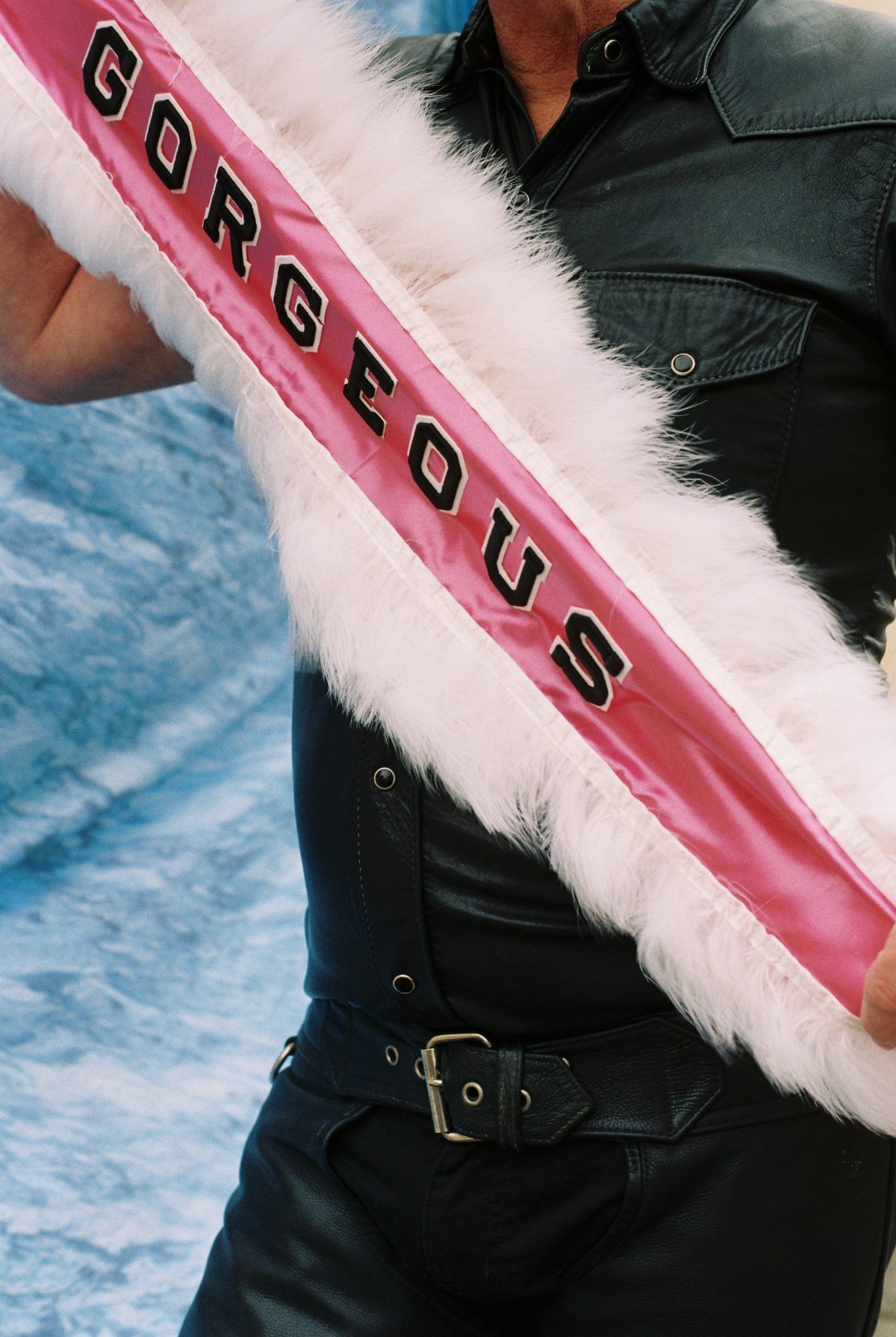
Image: Jade Florence
At 29, I was working as a paralegal in a law firm in Sydney, studying law at night and hoping to become a lawyer. By this stage I had been diagnosed for two years, but living with HIV for maybe five years more.
I had switched from AZT to ddC, then to ddI, but those early treatments didn’t really work – they were just delaying the inevitable and tormenting me with horrible side effects.
I figured I had two years left: one in reasonable health, then one in increasingly terrible health, ending in a withering, undignified, exhausted death.
I knew exactly what was going to happen to me, because I had memorised the script. I had seen it play out it so many times in the guys around me, who were dying in droves.
A few had gone off script, like Robert, a stunning young man who developed PML, a brain disease, and went from drop-dead gorgeous to just plain dead in the space of a couple of weeks. A few cut to the chase and topped themselves rather than face the decline.
But most followed a familiar trajectory as their invisible disease became increasingly visible: wasting away; shitting themselves; losing their youthful looks and morphing instead into gaunt, elderly-looking men despite being in their 20s and 30s; going blind from CMV; developing purple-brown KS lesions; maybe turning up one last time at a gay bar or dance party in a wheelchair with the plastic tubing of a central line catheter poking through their shirt collar, laughing and smiling; then finally getting PCP or crypto or whatever and spending their last days in a hospice bed with a few friends and volunteers before dying, unconscious, in a nappy and weighing 40 or 50 kilos, just bones and skin and sinews where, not long before, had been youth, desire, gorgeousness.
This is what I knew was going to happen to me. And it wasn’t fair. Sexual attractiveness is the currency of the gay economy of desire, and I was poor. I had never been hot, I had never felt desirable, I had never led the gay life of endless sex and fabulous parties that I wanted to lead.
In the bars, I felt invisible, unfuckable and unwanted. And now I realised that, in a year or two when I turned up, emaciated and disfigured on that last-ever trip to a gay bar, no-one would turn to his friend and whisper, “It’s so sad, he used to be gorgeous.”
So I decided to change. I would be gorgeous, I would be fabulous, I would be hot. I would be fucking gorgeous for a year, or for as long as fate allowed me. I would be seen, I would be desired, I would be visible.
This article originally appeared in Archer Magazine #14, the GROWING UP issue – buy a copy here.
My need to become visible was compounded by the fact that another lover was following that familiar script.
Daren had been HIV-positive for about as long as I had, and we had been lovers, on and off, for almost a decade. He was the second person I told about my HIV diagnosis.
Sitting on a bench in Centennial Park, I told him that my test had been positive and that my CD4 count was pretty low, so I must’ve had HIV for a few years at least.
He replied simply, “Me too.”
Daren had had a lot less luck with HIV treatments and had a lot of opportunistic infections – normally benign bacterial and viral infections that in most people would cause no illness, but in people with AIDS, with their destroyed immune systems, could be fatal.
During a romantic stay in a farmhouse a couple of years earlier, he had mistakenly taken a sip from a glass of water from the farmhouse’s rainwater tank, and when he realised, he became convinced it would kill him.
His prediction came true: he developed crypto-sporidiosis, a parasitic gut disease that usually spreads through kids swimming pools and causes a few days of the runs.
In people with AIDS, once crypto takes hold, it is untreatable and causes chronic diarrhoea, nausea and vomiting. After wasting away to almost nothing, you shit yourself to death. It’s that degrading.
Seeing Daren fading away only steeled my resolve to be visible before I inevitably disappeared.
The physical symptoms took him from being a breathtakingly handsome, tall and energetic young man to an emaciated, helpless, gaunt and miserable shadow in less than a year.
The mental anguish he suffered was worse, driven by the fundamental unfairness of this happening to him at the age of 27, and the hopelessness of there being no treatment or recovery.
So, surrounded by despair, I made myself gorgeous. I went to bed one night a plain, scared, diseased and doomed little boy and I woke the next morning transformed, convinced of my own gorgeousness.
Nothing material had changed: the face that looked back at me in the mirror was the same, but behind it I was fundamentally altered, determined to be, in this last year or two, someone who would be remembered.
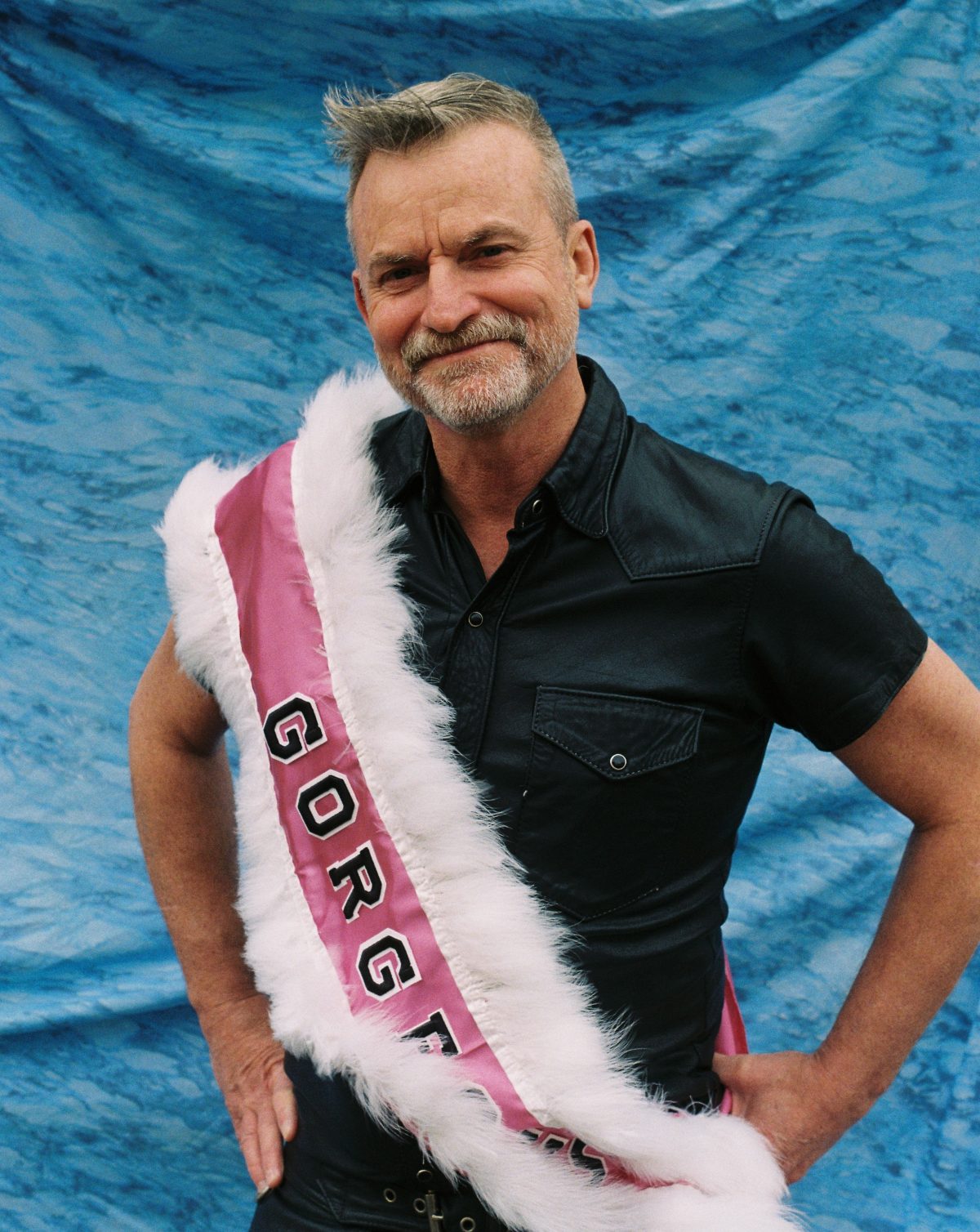
Image: Jade Florence
When someone who is HIV-negative becomes HIV-positive, the medical term for the process is seroconversion. I came to call this moment my HIV gorgeoconversion.
Like my seroconversion, it was a moment of essential transformation on the path towards the ultimate transformation of death itself. And in the liminal space between each before and its after, a moment of honesty: what was, is no more.
You can no longer be the person you were. You are changed. The former you is destroyed by the creation of something new.
I am 56 years old now. AIDS released me from its grip a long time ago, and my self-imposed state of manufactured gorgeousness has faded, too.
I have been living with HIV now for about 35 years, long ago outliving even the most optimistic predictions made by my doctor on that spring afternoon in 1991.
I have been extremely fortunate – not only did I not follow that script I had so carefully memorised, I avoided hospital-grade opportunistic infections long enough to see the arrival of HIV treatments that did more than delay the inevitable.
Against all expectations, those treatments started to arrive in about 1995. The veil of death gradually lifted from our community, and from me.
Despite the popular history, there was no ‘protease moment’ in which we all started on protease inhibitor ‘cocktails’ and were magically restored, Lazarus-like, to health – it took years, and people died during those years, despite taking combination therapy, because their bodies were so wrecked by AIDS that the medicines weren’t able to save them.
I chose to be gorgeous because I wanted to confound the script, to claim my opportunity to be sexy before the degradation of AIDS made me grotesque.
And my gorgeoconversion worked – or at least I convinced myself it did, which is really all I needed.
More importantly, I found the confidence and courage to do some things that the scared little boy inside me would never have dared. I came out as HIV-positive to my friends, my employer, and eventually to the public.
I found my voice.
After I retired (I thought, for good) at 31 years old, I bought a computer and built my first website, in which I declared my HIV-positive-but-gorgeous status to the then-tiny audience of the nascent World Wide Web.
The web was so small back then that I can say with confidence that I was the second or third person in the world to publish a personal account of living with HIV on the internet.
I wrote openly about living with HIV, and I told my readers that I was happy, healthy and hot despite the diagnosis. I published my CD4 count and viral load on the website, along with a handy graph showing a trendline headed inevitably towards zero, a point that I jokingly referred to as my projected date of death, updated with every monthly round of blood work.
I gave my HIV infection a name, and built a character for it, or rather, her – Iris the Virus, my bothersome yet unshakeable girlfriend. I loved her, I hated her.
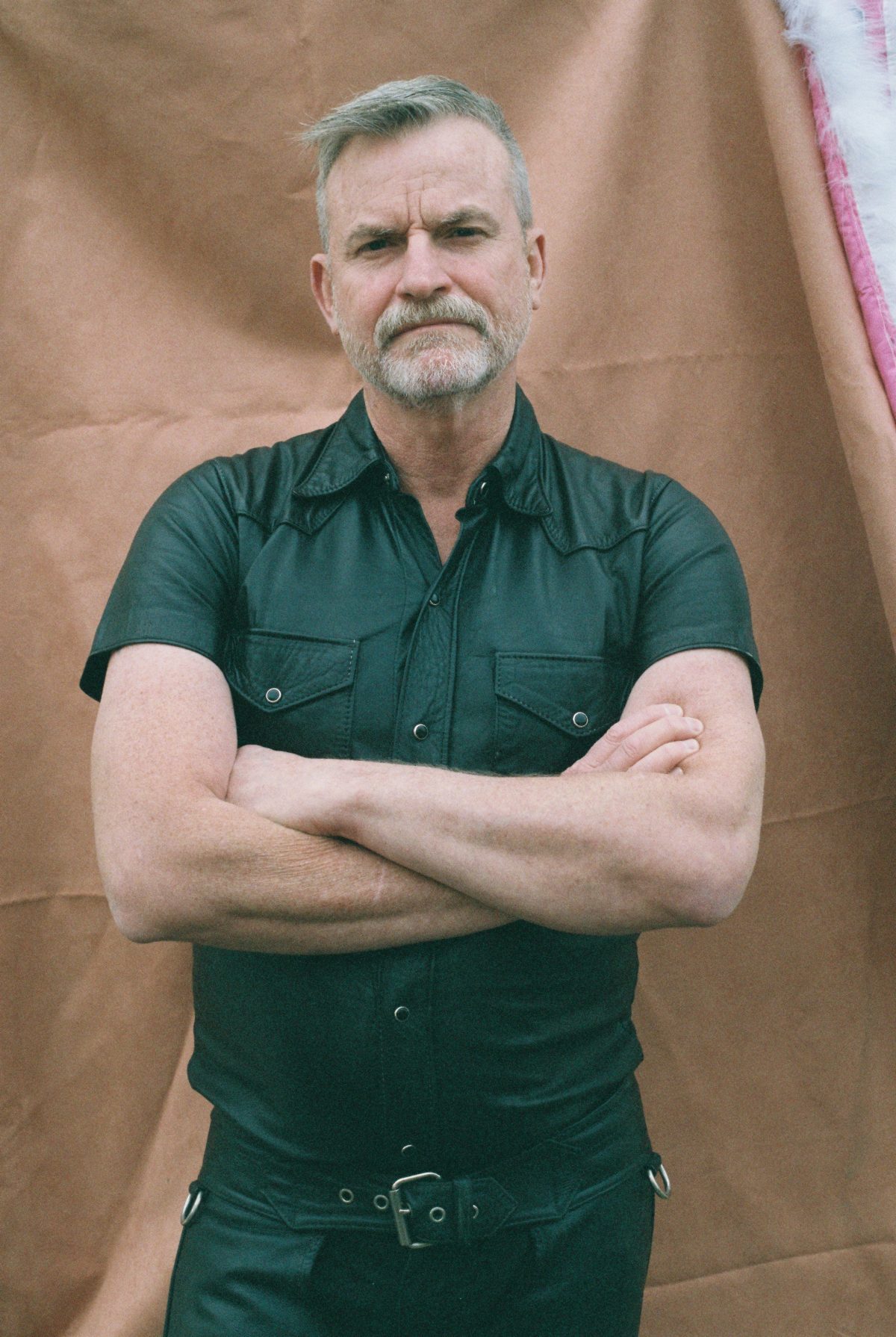
Image: Jade Florence
Much of that early writing was unfocused in its energy and occasionally bordered on narcissism, but every day my email inbox confirmed that I was reaching people.
Along with the occasional thoughtful reminder from an anonymous reader that I was destined to burn in Hell, I received a fair amount of what I guess was fan mail, often attesting to the positive impact my writing had on HIV-positive guys living isolated and closeted lives, and at least occasionally stroking my ego by agreeing with my self-professed gorgeousness.
Writing about living with AIDS led me to become an AIDS activist.
At first, I assumed the role of the ratbag outsider, taking unfocused pot shots at the AIDS council, other HIV organisations, the government, the drug companies, researchers, everybody.
Eventually I learned to focus my energy in more constructive and meaningful ways. I got involved in treatment activism and education, then moved on to HIV criminalisation, which is still my main focus as an activist today.
Being an activist demands visibility. Activism is by its nature a public practice in a contested space, and it both requires and consumes a well of personal energy.
Activism is about failing, and failing again and again, until maybe you move the needle slightly on an issue you believe is important. It takes commitment and strength, and demands visibility.
My activism came late, after I had started to enjoy the benefits of treatments that came too late for the AIDS activists before me. They fought for their lives, with their lives. I had it pretty easy.
Now I’m an old man, or at least I think I am in the eyes of the young queers I see in queer spaces today. I don’t go clubbing often, but I still love it when I do. I don’t have many friends my own age, so most of the queer and trans people I know are a lot younger than me.
In queer spaces like clubs and parties, I move through a sea of youth being queer and performing gender in radically different and new ways. Those kids are breaking ground in the landscape of queer performance, and while I cannot participate, I love to see it.
They don’t often see me. I move through the crowd like a ghost, witnessing a queer new world that is not of my making, but which is the endpoint of the historical arc I lived through, and helped to make.
The ghosts of my lost lovers are with me. My story is invisible, and now, again, so am I. I’m okay with that.
But I’m still gorgeous.
This article first appeared in Archer Magazine #14, the GROWING UP issue.

